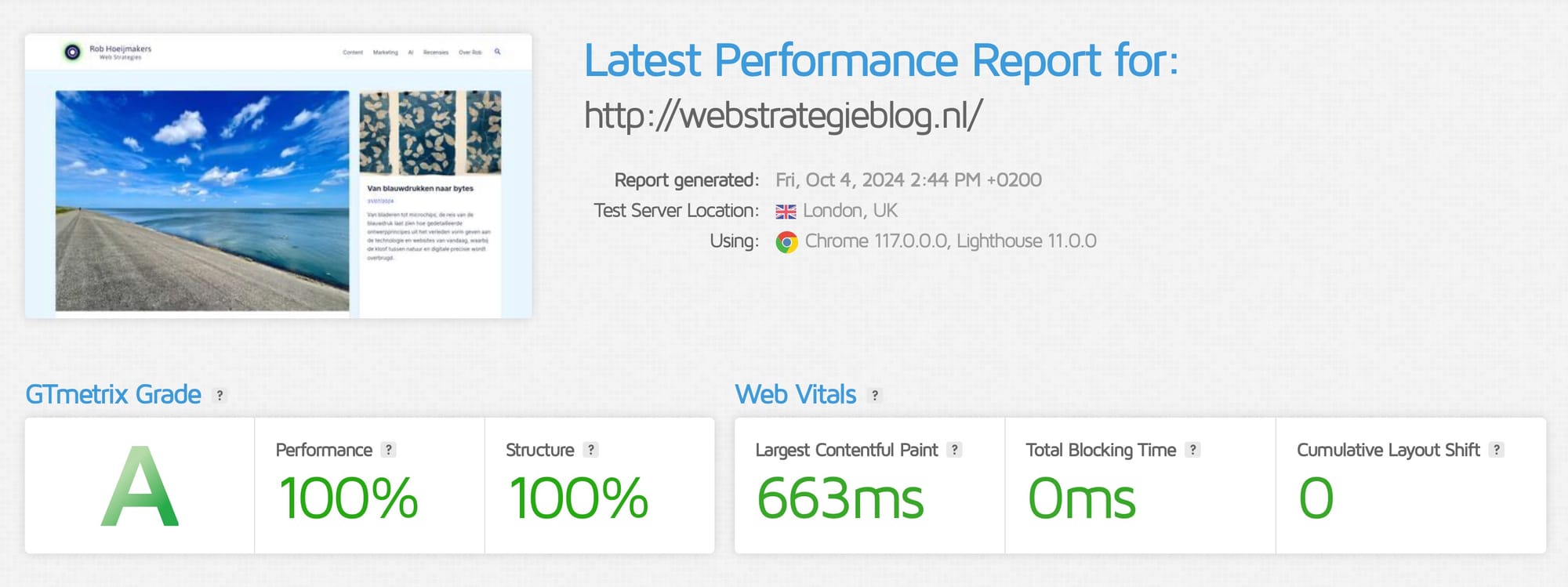The Role of CDNs in Page Speed
Independent experiments reveal that CDNs and server-side caching, more than page size or hardware, are key to boosting page speed. Here's what I learned.

In my experience with different content delivery networks (CDNs) across multiple platforms, I’ve learned a few lessons about what really impacts page speed.
For my Ghost blog (this website), the integrated CDN works impressively fast, while for my WordPress site, I ended up switching from the Hostinger-offered CDN to QUIC.cloud.
This switch was primarily because QUIC.cloud integrates seamlessly with LiteSpeed, providing a level of optimisation that just wasn’t there with my hosting partner’s default option.
Why CDN Choice Matters
With Ghost, the CDN is pre-configured and works straight out of the box, optimising delivery without much hassle. Ghost's integrated CDN effectively manages the delivery of static assets, which contributes to a smooth and fast user experience.
In contrast, my WordPress site required a more hands-on approach. I wasn’t entirely satisfied with the CDN that came with my hosting package—it felt like something was missing in terms of control and speed consistency. That’s when I explored QUIC.cloud, which works closely with the LiteSpeed Cache plugin to create a unified optimisation setup.
QUIC.cloud offers deep integration with WordPress through LiteSpeed, allowing server-level caching and optimisation tailored to the platform. This integration makes a significant difference, allowing for full-page caching, dynamic content optimisation, and other advanced techniques that go beyond what a generic CDN usually offers.

Lessons on Page Speed
Through all this experimentation, one lesson stood out: page speed improvements come primarily from effective caching and a well-configured network setup rather than reducing image and page sizes alone. While image compression and lightweight page designs certainly help, they can't compensate for slow delivery mechanisms. A good CDN with effective server-side caching means the difference between average load times and a blazing-fast experience.
Here’s what I found really matters:
- Server-side Caching: The ability to cache HTML and database queries directly on the server before they even hit the CDN ensures that repeat visitors get served content as quickly as possible. This is where LiteSpeed’s integration with QUIC.cloud excelled.
- Optimised Network Configuration: CDNs like QUIC.cloud provide edge servers in strategic locations. My WordPress audience is mainly in the Netherlands, and having Amsterdam as the key point of presence ensures that latency is minimal. The efficient routing and low-latency response times trump even the best optimised images when it comes to speed perception.
- Reducing Server Strain: By offloading traffic to edge servers, the origin server can handle fewer requests and provide faster, more reliable performance, especially for dynamic content.
Final Takeaway
If you’re serious about optimising page speed, the takeaway from my own journey is clear: prioritise a strong server-level caching solution and an optimised CDN
